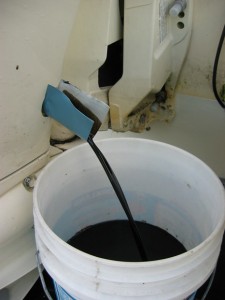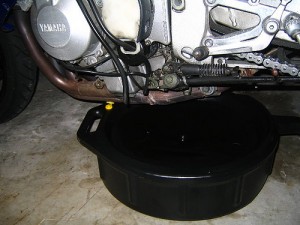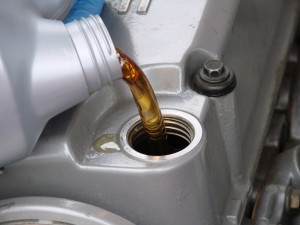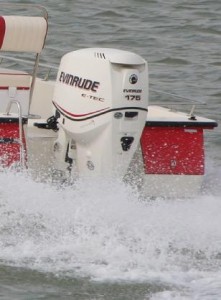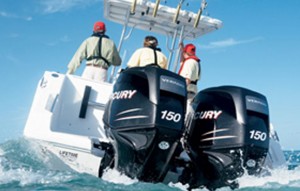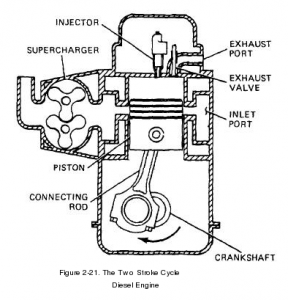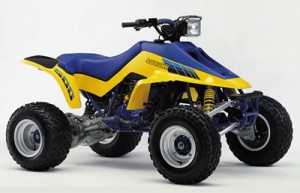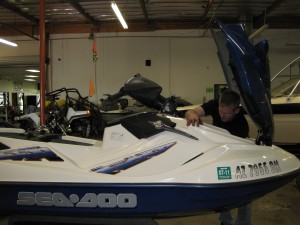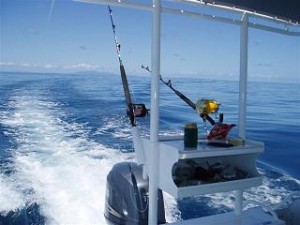Benefits of Yamalube 2S Oil
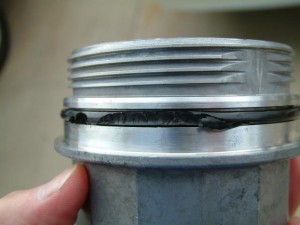 For years now, I have been a big fan of Yamaha products, especially their line of lubricants for outboard motors. I have taken to using Yamalube 2S two stroke oil. The Yamaha 2S oil uses a technologically advanced semi-synthetic base stock and additive system to ensure high performance all season long.
For years now, I have been a big fan of Yamaha products, especially their line of lubricants for outboard motors. I have taken to using Yamalube 2S two stroke oil. The Yamaha 2S oil uses a technologically advanced semi-synthetic base stock and additive system to ensure high performance all season long.
The Yamaha 2S oil reduces the amount of visible smoke the engine gives off. The lubricant also reduces carbon and varnish deposit buildup, leading to longer engine life. Another aspect of Yamalube 2S oil I greatly appreciate is its ability to work in a range of temperatures, including sub-freezing conditions. Simply put, the oil won’t gel, which makes it great for use in snowmobiles.


